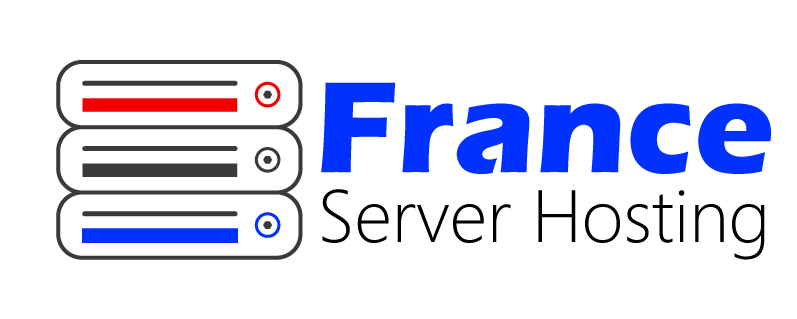A lot of people find it that way too. As a result, many websites out there want to make their Best Web Page Design Templates website as attractive as possible by making it look good and giving it a professional design template. People have also begun to strive for speed and responsiveness on their websites. This article will teach you how to reduce lag time, make your website faster, and give it an attractive design in the process.
Web page loading speed is a significant concern for websites and their visitors. Websites need to be able to load quickly so that visitors can immediately see information and read pages. In this article, we’ll look at what web designers can do to make websites load faster.
A website is a collection of pages that allow you to share your unique content with the world. You can use a website to promote your business, sell products, or communicate with your audience. Nowadays, websites are almost always powered by web technologies like HTML, CSS, and JavaScript. Your website can be as fast as most users’ default browsers. You can make your website faster by using these three simple tips:
Optimize Images: When you upload images to your website, ensure they’re optimized for size and quality. JPEGs take up less space on the web than other image formats, but they may not look as good when displayed. Try using PNG or GIF instead for smaller files that still look good.
Yours Files: The CSS (Cascading Style Sheets) style all of the elements on your page. Make sure each line of code is well-organized and concise to take up as little space as possible on the page.
Your Files: When you include JavaScript files on your website, compress them using a tool linesman. This will reduce the file size and speed up loading times for your webpage overall.
These three tips will help you make your website faster and look better.
Why should you care about speed?
There are a few compelling reasons you should care about speed when building and maintaining your website.
First, a fast website is more likely to be indexed by search engines. This means that it’s more likely to show up in results when people search for information on the web. Faster websites also tend to load faster, which can save you time and frustration while browsing.
Second, a fast website looks better. Pages that load quickly look polished and professional, which can help your business stand out from the competition. And because users are more likely to stay on a page if it’s fast, a speedy site can also lead to higher conversion rates (meaning more visitors who take action, like signing up for a newsletter or buying something).
Finally, ensuring your website is speedy makes sense from an operational perspective. A slow website can lead to frustrating waiting times for users, low traffic volumes, and higher hosting costs, which can sap your business’s bottom line. So, whether you’re concerned about improving your SEO ranking or want your site to run as smoothly as possible for your users, making sure it loads quickly is always a good idea.
How can you speed up your website?
A caching plugin is one of the quickest ways to make your website faster. This will store copies of pages on your server so they are serve quickly the next time they are requeste. Additionally, you are ensure that your images are compressed before uploading to your server. This will reduce their size and improve page loading times. Finally, you can optimize your code to make it faster and speed up your website.
1. Optimize images: When you upload images to your site, ensure they’re optimize for size and file type. For example, if you’re upload an idea that is use as a background on your page, use a jpeg format instead of a PNG.
2. Use compression: When you create or copy files on your computer, use compression software to save space. This will help reduce the number of bytes transferred over the Internet and speed up your site.
3. Minimize browser requests: Avoid making multiple requests to different parts of the web browser (like loading various pages from a single source). This will minimize your server’s time to send data back and forth and speed up your website overall.
Website speed is one of the most critical factors in a website’s success. Not only do fast loading times mean your users will have a better experience, but they’ll also be more likely to return again and again. If you’re looking to improve the look and feel of your website, here are some tips that can help:
- Use Google Page Speed Insights to Check Your Speed and Fix the Issues Quickly
Page Speed Insights is a free tool offer by Google that measures how well your page loads on different devices and browsers. Using this tool, you can quickly identify where your site is struggling and make necessary changes to ensure pages load as soon as possible.
- 2. Optimize Images for Fast Loading
Images are one of the main culprits when it comes to slow websites. By optimizing them for fast loading, you can reduce the time visitors take to see the content. Several tools available online will do just this – like Compress JPEG & GIF Files Without Losing Quality and Optimal Image Size for Web & Mobile (Windows).
Also get some information about How To Make Your Website Faster (And Look Better in The Process)

